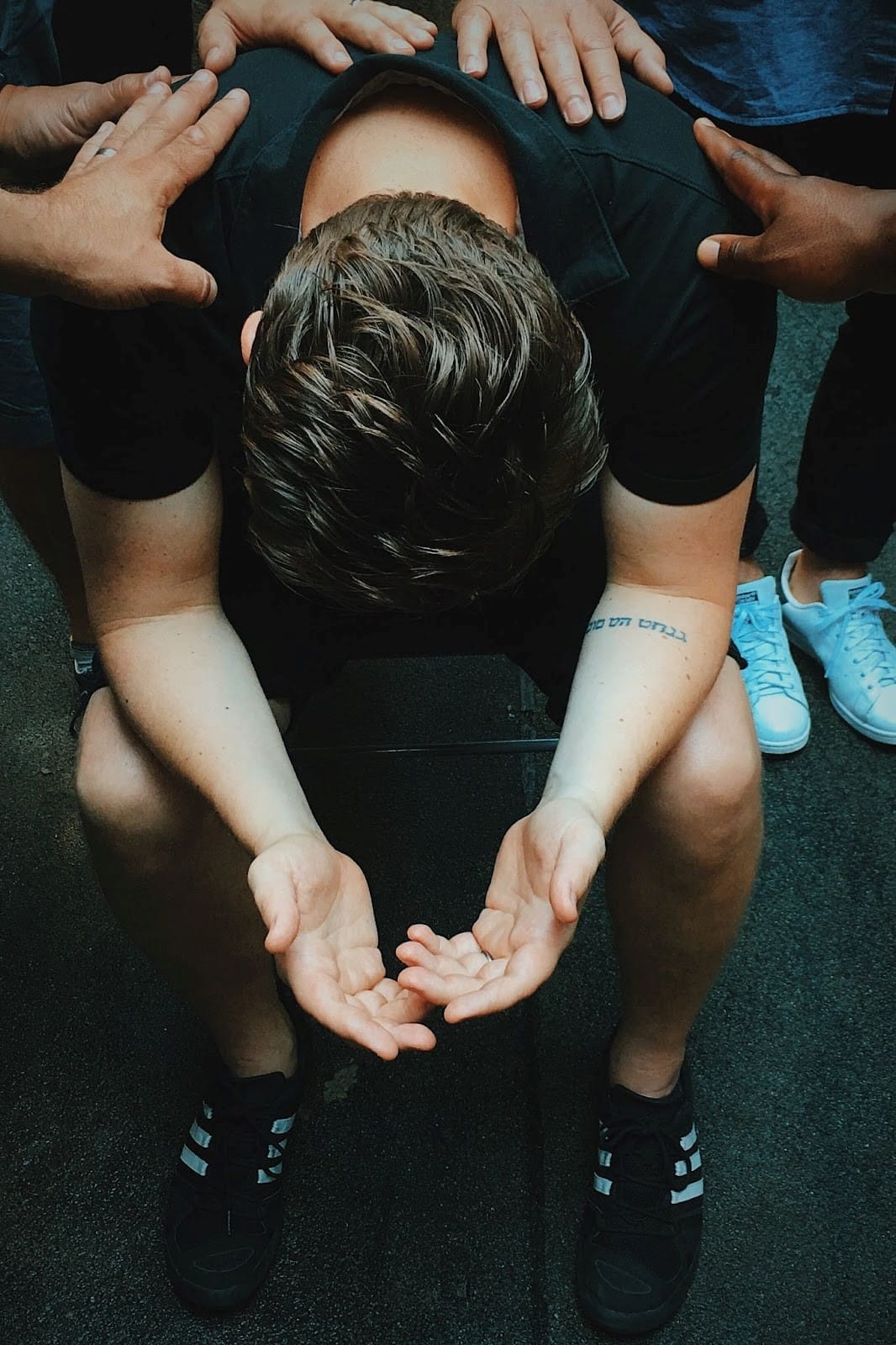Every year in the United States alone, around 45,000 people die by suicide. This number represents an epidemic marked by an unprecedented rise in the number of suicide deaths in the U.S. since the early 2010s.

Suicide is an incredibly complicated issue. There are an overwhelming number of contributing factors, and it affects every demographic regardless of age, race, or social class. The prevalence and universal nature of suicide merit far more discussion nationwide. Unfortunately, because it is such an unpleasant and difficult issue, it remains a taboo topic in many communities.
In the face of such overwhelming statistics, it may seem impossible to make a difference. However, through awareness and effort, individuals and communities can work together to exponentially reduce suicide.
What Does Suicide Prevention Look Like?
Effective suicide prevention happens at many different levels, ranging from individual to systemic, but direct prevention begins at the individual level.
This post will take you through effective steps you can take if you or a loved one are at risk of suicide or self-harm.
Self-Intervention and Prevention

Suicide intervention on an individual level most often comes from the friends or family of someone struggling with suicidal feelings. However, it’s important to note that it can also come from the person struggling as well.
Not every individual experiencing suicidal thoughts or behavior will have the ability or the desire to intervene on their own behalf. But, if you are having thoughts of harming yourself, you don’t need to feel helpless in your own intervention.
Your life and your agency matter. If you feel capable of reaching out, you can start the ball rolling on your recovery and maintain some control over how and from whom you receive help.

Here are some steps for effective suicide prevention for yourself:
- Tell somebody.
If you feel a desire to hurt yourself in any way, don’t keep it a secret. Reach out to a trusted person in your life and ask them to help you stay safe. Whether you are alone or have someone to support you, these are some resources that can help:
- 988 Crisis & Suicide Prevention Lifeline
- NSPL Online Chat Services - - Crisis Textline: Text “SAVE” to 741741
- Remind yourself that you matter.
Reaching out for help is not always easy, but keep reminding yourself that your perception of your self-worth is distorted while you are suicidal. If you do not have trusted friends or family, there is likely a professional or community member (online communities included) who will listen and take your safety seriously.

- Remove access to means of self-harm.
Once you have someone you trust, get their help to remove anything dangerous from your surroundings. Have them hold onto the items until you feel safe again.
- Distract yourself.
The immediate urge to self-harm is often short-lived. Give yourself a sensory distraction such as music, petting an animal, doing a craft, or going on a walk to occupy you until the worst of the feelings pass.

- Create a safety plan.
The Suicide Prevention Resource Center has provided this excellent safety plan template where you can write down a plan for if you enter crisis mode and are unable to think clearly. Share this plan with someone you trust who can recognize when you are in crisis and take action.
If you are in crisis and need help immediately, call 911 or have a friend or family member get you to mental health urgent care or an emergency room.
Intervention by a Friend or Family Member
A suicidal person may not be capable of reaching out for help on their own. In those cases, it can fall to a friend or relative to notice the signs and intervene.

Here are some steps for effective suicide prevention for a loved one:
- Ask questions.
If you suspect someone you love may be suicidal, ask them about it. Asking them directly can help you assess how serious the danger is so you can respond accordingly.
- Trust yourself.
Knowing a loved one is at risk of suicide can be overwhelming, but it’s important to trust your instincts to ensure their safety. Your willingness to intervene to keep them safe will go a long way in giving them the support they need to get through this.
- Don’t minimize or shame.

This is not the time for tough love. Do not try to convince the person that their problems aren’t that bad or that they are selfish for wanting to take their life. They need to know you are not disappointed in them for feeling this way and that you are taking their struggle seriously.
- Be proactive.
If you know someone is suicidal, take action and follow through. Remove access to things they may use to harm themselves while they are in crisis. If necessary, stay with them for as long as it takes for the danger to pass.

Your loved one may be too depressed or paralyzed to take action toward healing on their own, so they may need your help to take steps for long-term prevention as well. If so, it is crucial that you follow through on finding reliable help for them from your community or a professional.
- Don’t do it alone.
When someone’s safety is on the line, do not keep secrets. Enlist help from others you trust to help the person. Even if they are upset with you for telling, in the end it will have been for the better.

- Recognize when it is an emergency.
If you suspect the situation has escalated to an emergency, do not hesitate to call 911 or take your loved one to an emergency room. You can also call the 988 Crisis & Suicide Prevention Lifeline for guidance on what to do in your specific situation.
Prevention is Key
Whether it’s yourself or a loved one, a suicidal crisis can be a scary thing to navigate. That’s why we at Bio-One hope this guide will help you know how to intervene to keep yourself or the people you love safe.
Part of our mission is to provide community resources. That’s why we dedicate so much of our time to projects like this. We want to create a future where we never have to answer another suicide call again.


